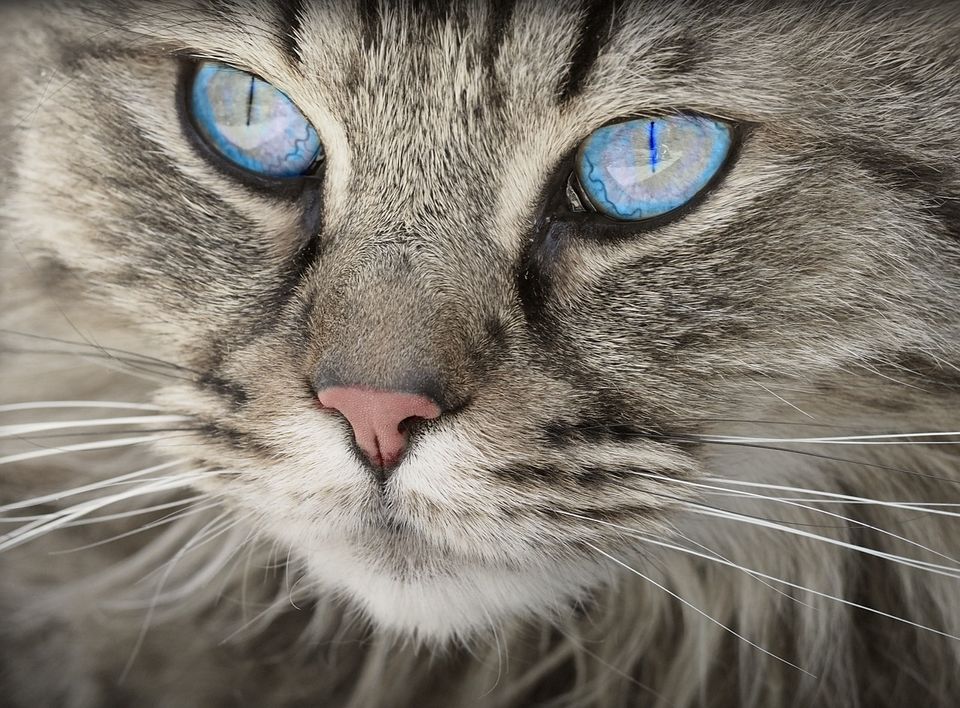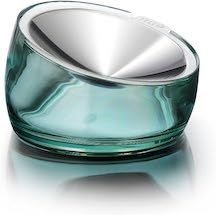Whisker Fatigue in Cats: What It Is and How to Relieve It

Hey, cat lovers! Have you ever noticed your feline friend acting a bit off, especially around mealtime? They may be more than just finicky; they might be experiencing whisker fatigue. What on Earth is whisker fatigue, you ask? Well, it's a lesser-known but very real issue that can cause your cat both physical and emotional stress. If you're a doting cat parent like me—I swear my cat has me trained better than I have him trained—then you'll want to get the lowdown on this peculiar phenomenon. I remember the first time I noticed something was up with Mr. Whiskers (my adorable tabby). He was pawing at his food rather than eating it and seemed agitated. After some research and a vet visit, whisker fatigue became the culprit. In this comprehensive blog, you'll learn what cat whiskers are, the signs of whisker fatigue, its causes, and most importantly, how to alleviate it.
What Are Cat Whiskers?
Let's start with the basics: What are cat whiskers and what's their biological function? Cat whiskers are more than just long, fancy hairs. They are highly sensitive tactile hairs called vibrissae, filled with nerve endings. They help our four-legged friends navigate the world. Unlike other hair, whiskers function almost like radar, helping cats measure gaps and openings before they decide to walk through them. It's like their own built-in GPS but cooler!
What Is Whisker Fatigue?
Now, let's dive into whisker fatigue. It's when a cat's highly sensitive whiskers get overstimulated. Imagine someone poking you repeatedly—annoying, right? Symptoms may include reluctance to eat or drink, pawing at food, or even seeming stressed near their food or water dishes. Whisker fatigue isn't just an inconvenience; it can cause real stress in cats, affecting their mood and even their eating habits.
Causes of Whisker Fatigue
So, what triggers this overload? Excessive stimulation is the primary culprit. This can happen through small or shallow food and water dishes that force the whiskers to touch the sides. Environmental factors, like a busy or cramped space, can also contribute. Picture trying to read a book in a loud, crowded room—not so fun.
The Science Behind Whisker Fatigue
Believe it or not, there's actual science behind this. At a neurological level, excessive stimulation of the whiskers sends too many signals to the cat's brain, causing sensory overload. Think of it like an inbox flooded with emails—overwhelming, to say the least.
How to Diagnose Whisker Fatigue
Noticing symptoms like a lack of interest in food, restlessness, or unusual behavior near their dishes? Time to pay attention. A vet consultation is crucial for a proper diagnosis, as these symptoms could also indicate other health issues.
Treating and Preventing Whisker Fatigue
The good news is that treating whisker fatigue is relatively straightforward. Whisker-friendly dishes—those are wider and shallower—can make mealtime much more pleasant for your kitty. Creating a whisker-friendly environment, with plenty of open spaces for your cat to explore, helps too. Don't forget about grooming; trimming is not advisable, but keeping the whisker area clean is!
Elevate Mealtime Comfort: How the Right Bowl Can Alleviate Whisker Fatigue
If you've found yourself nodding along while learning about whisker fatigue, you're probably wondering what actionable steps you can take to improve your feline companion's well-being. Look no further than a simple but transformative change in their eating environment: the "Whisker-Relief Food Bowl." This specially designed bowl features a wide, shallow shape that minimizes whisker contact, thus alleviating sensory overload. It's a science-backed, cat-friendly approach to solving a common yet often overlooked issue, making mealtime a more comfortable experience for your beloved pet.
Here are some great suggestions:

CEEFU 2 Extra Wide Elevated Cat Food Bowl
- Safe & Durable Ceramic
- Whisker-Friendly Design
- Lead & Cadmium Free
- Dishwasher Safe

Felli Pet Oblik Whisker Fatigue Friendly Raised Cat Food Bowl Stainless Steel
- Whisker-Friendly Design
- Removable Shallow Dish
- Premium 304 Stainless Steel
- Spill-Proof Design

PETKIT CYBERTAIL Stainless Steel Raised Bowl
- Premium 304 Stainless Steel
- Raised for Better Digestion
- 0/15° Anti-Vomiting Tilt
- Whisker-Friendly Shape
- Dishwasher Safe
Tips for Monitoring Your Cat’s Whiskers
Regularly checking for signs of whisker fatigue is crucial. Any change in behavior around their food or water dishes should warrant a closer look and perhaps a vet consultation.
Myths and Misconceptions About Whisker Fatigue
One myth that needs busting: whisker fatigue is not a sign of a 'spoiled' or 'picky' cat. It's a real issue that needs real solutions. Knowing accurate information is vital for your cat's well-being.
FAQs About Whisker Fatigue
We've covered a lot, so let's clear up some FAQs:
Is whisker fatigue a serious condition?
Whisker fatigue itself is not life-threatening, but it can cause your cat a considerable amount of stress and discomfort. It may even lead to changes in their eating and drinking habits, which could have health implications if left unaddressed.
Can I trim my cat's whiskers to prevent fatigue?
Absolutely not! Trimming a cat's whiskers can disorient them and make it difficult for them to navigate their environment. It's essential to address the root cause of the fatigue rather than altering what is a vital sensory tool for your cat.
What are some obvious signs of whisker fatigue?
Look for changes in behavior such as reluctance to eat or drink from their usual dishes, pawing at food, or seeming stressed near their food or water dishes. They might even knock over their food or water bowls.
Do all cats suffer from whisker fatigue?
Not all cats will experience whisker fatigue, as it can depend on various factors including their sensitivity, environment, and the type of food and water dishes they use. However, it's good to be informed and observant, so you can act if your cat does show symptoms.
How often should I consult the vet about it?
If you observe persistent symptoms of whisker fatigue and changes in your cat's behavior, it's advisable to consult your vet for a thorough diagnosis. Occasional signs may not warrant a vet visit, but consistent symptoms certainly do.
Final thoughts:
Understanding whisker fatigue is crucial for any cat owner. From recognizing the signs and symptoms to knowing how to relieve your cat's stress, we've covered it all. Remember, the key is to create a whisker-friendly environment and to consult your vet if symptoms persist.